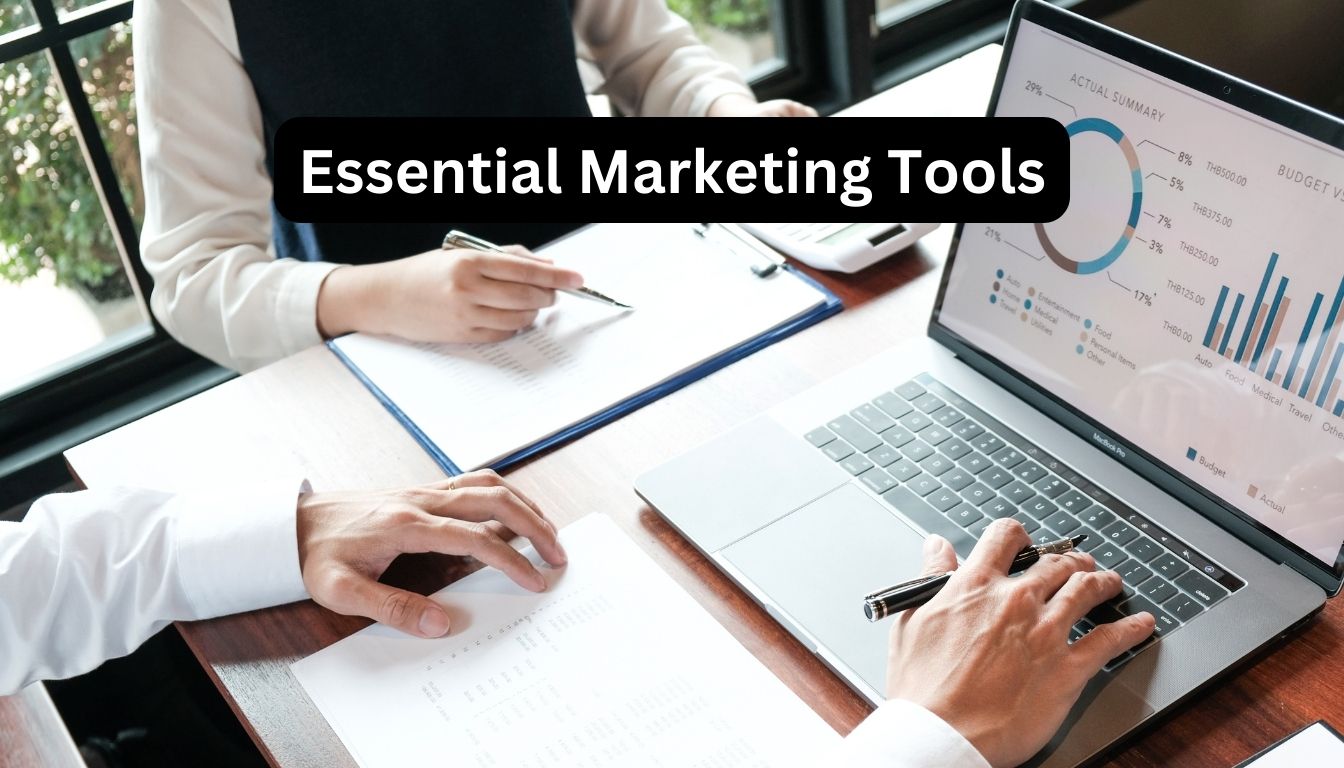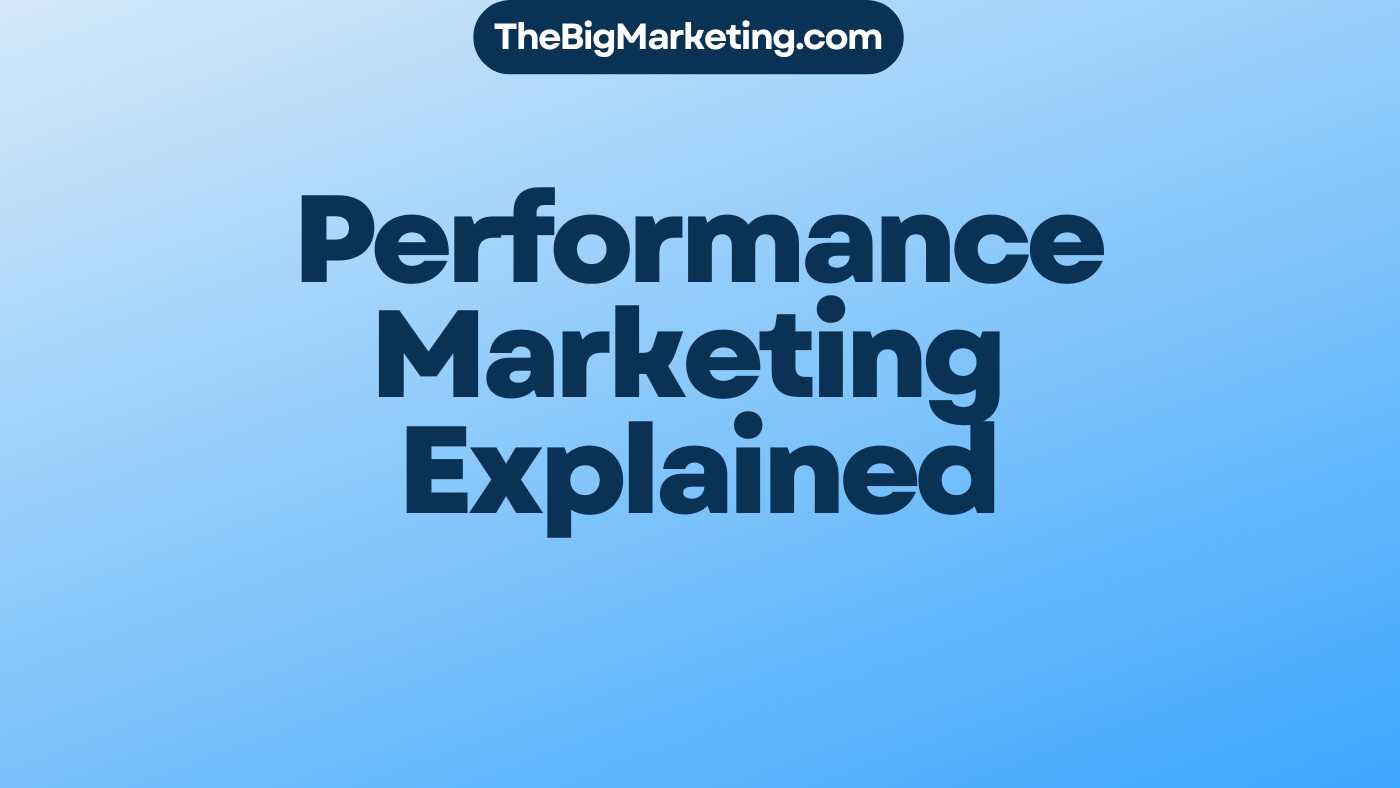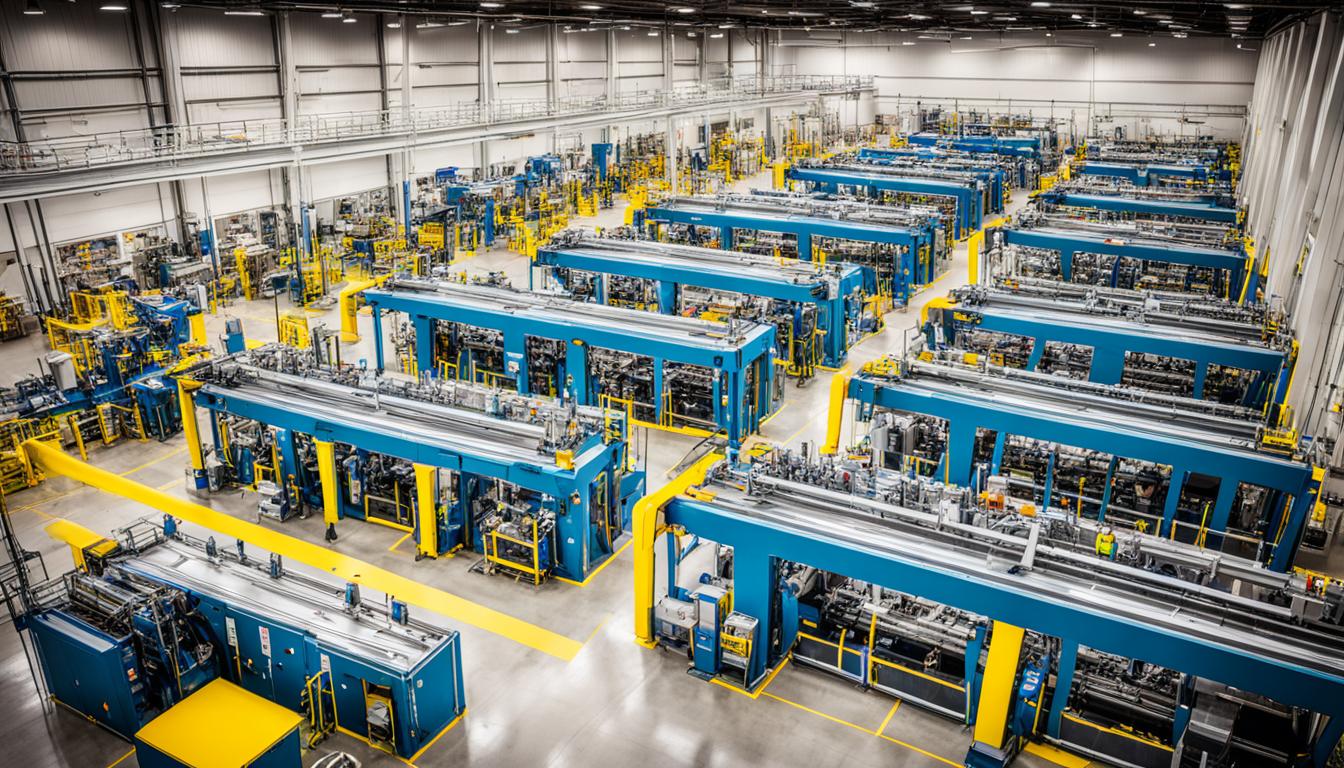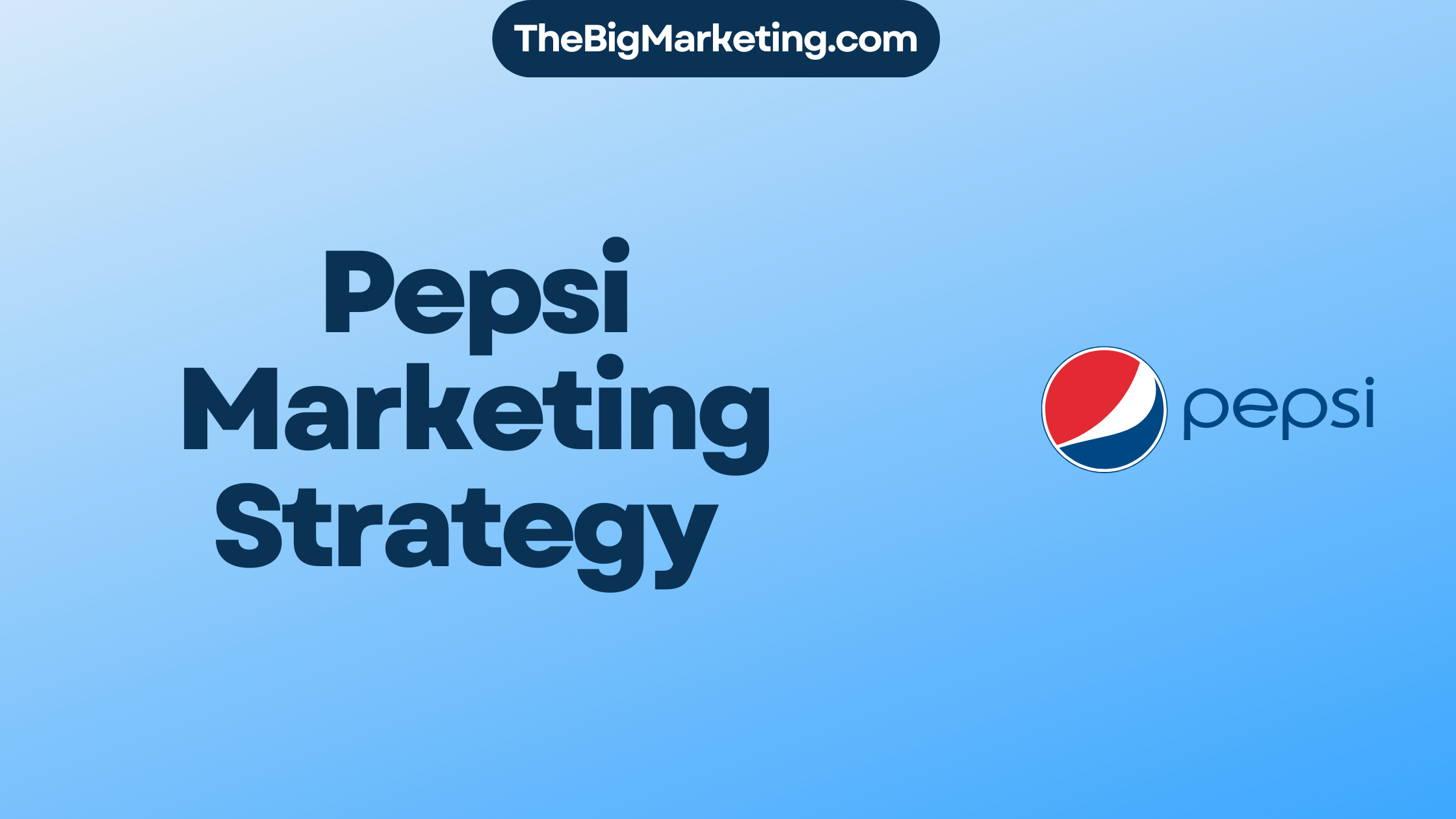Assisted living facilities play a crucial role in providing care and support for senior citizens. However, with the increasing competition in the industry, it is important for these facilities to have effective marketing strategies in place to stand out and attract new residents. In this article, we will explore various marketing techniques specifically tailored for promoting assisted living communities.
Digital marketing has become an essential component of marketing plans for retirement homes and other senior living facilities. With the majority of the target audience active online, leveraging digital platforms can significantly improve brand awareness and generate qualified leads. From search engine optimization (SEO) to social media marketing, digital strategies can effectively connect with potential residents and their adult children.
Understanding the target audience is key to developing successful marketing campaigns. By identifying the preferences and pain points of potential residents and their families, senior living marketing techniques can be tailored to address their specific needs. This knowledge allows for the creation of compelling content that resonates with the target audience and establishes trust and credibility.
In addition to digital marketing and audience insights, optimizing the facility’s website for mobile devices is crucial. As more people rely on smartphones for their internet searches, a mobile-friendly website ensures a seamless user experience. This includes easy navigation, accessible information, and features that cater to potential residents and their families’ needs.
Investing in local SEO is another effective marketing strategy for assisted living facilities. By optimizing the website for local searches and managing online reviews, these facilities can improve their visibility and reputation within their target geographic area. This helps potential residents and their families find the facility when searching for senior care options in their neighborhood.
Lastly, following up on inquiries and leads is essential for converting potential residents into actual residents. Establishing an effective lead response management strategy ensures that warm leads are nurtured and provided with the information they need to make informed decisions. This personal touch and attention to detail can significantly increase the chances of securing new residents.
Key Takeaways
- Digital marketing, including SEO and social media, is crucial for promoting assisted living communities and generating qualified leads.
- Understanding the target audience and their preferences helps tailor marketing techniques to address their specific needs.
- Optimizing the facility’s website for mobile devices improves the user experience and accessibility for potential residents and their families.
- Investing in local SEO improves the facility’s visibility in local searches and enhances its reputation within the target geographic area.
- Following up on inquiries and leads through personalized communication increases the chances of converting potential residents into actual residents.
Know Your Senior Living Communities
When marketing assisted living facilities, it is crucial to have a deep understanding of your target audience and the channels through which qualified leads come. By establishing different buyer personas and segmenting the target market into various demographics, you can gain insights into their preferences, pain points, and unique needs. This knowledge is essential for creating a targeted marketing strategy that resonates with your audience and maximizes your efforts in promoting senior living communities.
By identifying key characteristics and motivations of your target audience, you can tailor your messaging and marketing tactics to effectively reach and engage potential residents and their families. Whether it’s adult children exploring options for their parents or seniors themselves seeking a supportive community, understanding your buyer personas will enable you to deliver the right message at the right time.
Along with understanding your target audience, it’s also important to be aware of the various marketing channels and platforms that attract leads. This includes online sources such as search engines, social media, and industry-specific directories, as well as offline sources like community events and referrals. By tracking and analyzing the source of leads, you can allocate your marketing resources more effectively and optimize your lead generation efforts.
To summarize, knowing your senior living communities means understanding your target audience and establishing buyer personas that allow you to create a targeted marketing strategy. By segmenting the market and identifying the various sources of leads, you can position your assisted living facilities to attract and engage potential residents and their families, ultimately increasing your occupancy and overall success.
Inbound Marketing
Inbound marketing is a crucial business methodology for effectively marketing senior living communities. It focuses on attracting customers by creating valuable content and tailored experiences. Assisted living facilities can employ inbound marketing strategies to attract and engage potential residents and their adult children.
One of the key components of inbound marketing for senior living is content marketing. By providing valuable information through various channels such as blogs, e-books, articles, and social media, assisted living facilities can establish themselves as industry experts and build trust with their target audience.
Content marketing serves as a powerful tool for lead generation. By offering informative and engaging content, assisted living facilities can capture the attention of potential residents and their families. This content can be used to drive leads towards the ultimate goal of purchasing products or services.
With inbound marketing, assisted living facilities can position themselves as trusted advisors and sources of reliable information. By providing valuable content, they can attract the right audience and nurture them throughout their buying journey. This approach helps in building lasting relationships and ultimately converting leads into residents.
Implementing inbound marketing strategies requires a deep understanding of the target audience and their preferences. By analyzing the demographics and characteristics of potential residents, assisted living facilities can create tailored content that addresses their specific needs and pain points.
Benefits of Inbound Marketing for Senior Living:
- Attracting and engaging the right audience through valuable content.
- Building trust and positioning the facility as an industry expert.
- Generating qualified leads through content marketing.
- Nurturing leads throughout the buying journey.
- Converting leads into residents through targeted content.
Assisted living facilities should leverage inbound marketing techniques to effectively reach their target audience and differentiate themselves in the competitive senior living market. By providing valuable content and implementing lead generation strategies, these facilities can drive engagement, increase brand awareness, and ultimately attract more residents.
Example Table: Comparison of Inbound Marketing Channels
| Inbound Marketing Channel | Advantages | Disadvantages |
|---|---|---|
| Blogs | 1. Builds brand authority 2. Drives website traffic 3. Improves search engine rankings |
1. Requires consistent content creation 2. Takes time to generate results |
| Social Media | 1. Increases brand visibility 2. Facilitates audience engagement 3. Drives website traffic |
1. Requires active management 2. May have limited reach without paid promotion 3. Constantly changing algorithms |
| E-books | 1. Establishes expertise 2. Captures leads through gated content |
1. Time and resources required for creation 2. Requires landing page optimization for lead capture |
Note: The table above is an illustrative example and does not represent any specific data or research findings.
Optimize Your Website for Mobile
With a large percentage of internet users using smartphones for research, it is crucial for assisted living facilities to optimize their websites for mobile devices. A mobile-friendly website should provide a good user experience, with a clean and simple design that allows important information to be easily accessible.
Features like frequently asked questions (FAQs) and downloadable brochures can enhance the user experience and provide valuable resources to potential residents and their families. Mobile optimization not only improves the visibility of the website but also enhances the browsing experience, increasing the chances of capturing and retaining the interest of potential residents.
In order to create a truly mobile-optimized website, consider the following key elements:
- Responsive design: Ensure that your website layout and content automatically adjusts to fit different screen sizes, providing a seamless user experience across all devices.
- Fast loading speed: Optimize your website’s loading speed to reduce bounce rate and keep potential residents engaged. Compress images, minify code, and utilize caching techniques to improve loading times.
- Simple navigation: Create an intuitive and easy-to-use menu structure that allows users to find information quickly and effortlessly. Incorporate clear calls-to-action to guide visitors towards desired actions, such as filling out a contact form or scheduling a tour.
- Clear and concise content: Mobile users have limited screen space, so it’s important to provide information in a concise and easily scannable format. Break up content into smaller paragraphs, use bullet points, and highlight key points to enhance readability.
Example of a Mobile-Optimized Website
Here’s an example of a mobile-optimized website for an assisted living facility:
| Key Features | Benefits |
|---|---|
| Responsive Design | Ensures a seamless user experience across all devices, improving satisfaction and engagement. |
| Fast Loading Speed | Reduces bounce rate and improves user experience, leading to higher conversion rates. |
| Simple Navigation | Allows users to find information quickly, increasing the likelihood of contact and inquiries. |
| Clear and Concise Content | Provides easily digestible information, optimizing the user experience and facilitating decision-making. |
Invest in Local SEO
One of the most effective marketing strategies for assisted living communities is to invest in local SEO. By optimizing your website for specific geographic areas and leveraging the power of Google My Business, you can significantly improve the visibility of your facility in local searches.
Local SEO involves tailoring your online presence to target potential residents in your area. This includes optimizing your website with location-specific keywords, creating location pages, and ensuring your facility’s contact information is consistent and up to date.
The Power of Google My Business
Google My Business is a free tool provided by Google that allows businesses to manage their online presence and appear in local search results. By claiming and optimizing your Google My Business listing, you can showcase essential information about your facility, including your address, phone number, hours of operation, and more.
When potential residents search for assisted living communities in your area, your Google My Business listing can appear in the local pack, which is the set of three listings shown at the top of the search results page. Having an optimized Google My Business listing increases your chances of appearing in this prime position and attracting more clicks and visits to your website.
In addition to optimizing your listing, it’s crucial to encourage resident reviews on your Google My Business profile. Positive reviews not only enhance your facility’s reputation but also play a significant role in local search rankings. Google values resident reviews as a ranking signal, so actively encouraging residents and their families to leave reviews can help improve your facility’s visibility and credibility.
By investing in local SEO and leveraging the power of Google My Business, you can enhance your facility’s online presence, attract more potential residents in your area, and solidify your position as a trusted assisted living community.
| Benefits of Investing in Local SEO | Actions |
|---|---|
| Improved visibility in local searches | Optimize your website with location-specific keywords |
| Increased credibility and trust | Encourage resident reviews on your Google My Business profile |
| Higher click-through rates | Optimize your Google My Business listing and appear in the local pack |
| More website traffic and leads | Create location pages on your website targeting specific areas |
Follow Back on Calls about Assisted Living Facilities
Despite the general disdain towards phone calls, following up on warm leads through phone calls is still an effective way to move potential residents down the marketing funnel. Establishing a lead responses management strategy and providing timely and valuable information during follow-up calls can increase the chances of converting leads into qualified sales opportunities.
When it comes to lead response management, promptness and personalization are key. As soon as a warm lead comes in, it’s important to prioritize follow-up calls to ensure a timely response. This demonstrates your commitment to customer service and establishes trust with potential residents and their families.
During follow-up calls, take the opportunity to gather additional information about the lead’s needs, preferences, and concerns. This will enable you to tailor your offerings and provide relevant solutions. Additionally, be prepared to answer any questions they may have about your assisted living facility, amenities, services, or pricing.
Remember, warm leads have already shown interest in your facility, making them more likely to convert into qualified sales opportunities. By engaging in follow-up calls, you can build a relationship with potential residents and their families, addressing their concerns and guiding them through the decision-making process.
Effective lead response management also involves documenting each call and the information discussed. This helps in creating a comprehensive lead profile and allows for personalized follow-up communication. By maintaining accurate records, you can track the progress of each lead and identify any gaps in communication that need to be addressed.
In conclusion, following up on leads through phone calls is an essential strategy for marketing assisted living facilities. Lead response management, warm leads, and follow-up calls are crucial components of a successful marketing funnel. By providing prompt and personalized follow-up, you can increase the chances of converting leads into qualified sales opportunities and ultimately attract more residents to your facility.
How This Assisted Living Facility Increased Its Submission Rate by 60%!
In a remarkable success story, an assisted living facility experienced a significant boost in its submission rate through the implementation of effective marketing strategies. By revamping their website, deploying well-crafted digital marketing plans, and prioritizing user experience, the facility achieved an impressive 60% increase in submissions. This success underscores the profound impact that strategic marketing efforts can have on the growth and prosperity of assisted living facilities.
Redesigning the Website for Enhanced Engagement
The assisted living facility recognized the importance of a user-friendly website in attracting and engaging potential residents. By redesigning their website with a focus on intuitive navigation, visually appealing layouts, and informative content, the facility optimized the user experience. The revamped website became a compelling tool for showcasing the facility’s amenities, healthcare services, and personalized care options. This improvement in website design played a pivotal role in capturing the attention of website visitors and driving them to submit inquiries.
Implementation of Digital Marketing Strategies
The facility harnessed the power of digital marketing to reach a wider audience and generate qualified leads. Through targeted online advertising campaigns, search engine optimization, and social media marketing, the facility created a robust online presence. By strategically crafting engaging content and leveraging various digital channels, the facility showcased its unique selling points, fostering trust and credibility among potential residents and their families.
Empowering User Experience
A significant factor in the facility’s success was its commitment to providing an exceptional user experience throughout the submission process. By ensuring a streamlined and intuitive submission form, optimizing load times, and offering clear communication channels, the facility removed any potential barriers that could hinder interested individuals from submitting inquiries. This user-centric approach fostered a sense of ease, trust, and confidence, resulting in a substantial increase in submissions.
Building on the Momentum
The facility’s success story serves as a powerful example for other assisted living facilities seeking to improve their submission rates. By adopting a holistic approach that combines website redesign, digital marketing strategies, and a focus on user experience, assisted living facilities can enhance their visibility, attract qualified leads, and ultimately grow their resident base.
| Key Factors | Percentage Increase |
|---|---|
| Website Redesign | 30% |
| Digital Marketing Strategies | 20% |
| User Experience Optimization | 10% |
Work With Senior Living Digital Marketing Experts
Collaborating with senior living digital marketing experts can greatly enhance the marketing efforts of assisted living facilities. These experts possess the knowledge and expertise to develop tailored marketing strategies that effectively promote senior living communities. By leveraging their deep understanding of the industry, these experts can optimize digital platforms and track performance to ensure a high return on investment (ROI) for assisted living facilities.
Senior living digital marketing experts specialize in creating comprehensive marketing plans that target the specific needs and preferences of potential residents and their families. They carry out extensive research to identify the most effective marketing channels and strategies that will resonate with the target audience.
Through their guidance and support, senior living digital marketing experts can significantly improve the visibility and success of assisted living facilities in the competitive market. By implementing data-driven marketing strategies, they can attract qualified leads and drive conversions, ultimately leading to increased occupancy rates for assisted living facilities.
When working with senior living digital marketing experts, assisted living facilities can expect:
- Strategic marketing plans tailored to their specific goals and target audience.
- Expertise in optimizing digital platforms, including websites, social media, and online advertisements.
- Continuous tracking and analysis of marketing performance to ensure maximum ROI.
- Effective lead generation and nurturing strategies to drive conversions.
- Regular reporting and communication to keep the assisted living facility informed of marketing progress and results.
By collaborating with senior living digital marketing experts, assisted living facilities can leverage their specialized knowledge and experience to implement effective marketing strategies that generate measurable results. This partnership can ultimately help assisted living facilities stand out in the market, attract more potential residents, and achieve their occupancy goals.
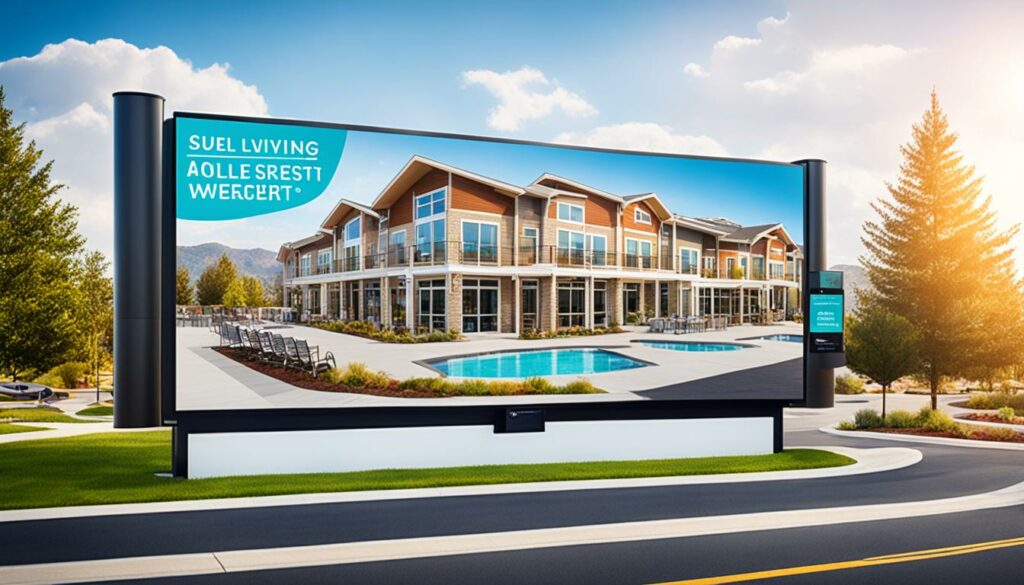
Create an effective website for your facility
An effective website is crucial for marketing assisted living facilities. It serves as the digital face of your facility and plays a vital role in attracting potential residents and their families. To ensure your website stands out from the competition, consider the following factors:
- Website Design: Design a visually appealing website that reflects the unique identity and values of your facility. Use high-quality images, engaging color schemes, and intuitive navigation to create a positive user experience.
- User-Friendly: Make sure your website is user-friendly and easy to navigate, even for older adults. Use clear headings, well-structured content, and intuitive menus to help visitors find the information they need.
- Mobile Optimization: More and more people access the internet through their smartphones. Optimize your website for mobile devices to ensure a seamless browsing experience for potential residents and their families. This includes responsive design, fast loading times, and easy-to-read content.
A well-designed website can make a lasting impression on potential residents and their families. It should provide essential information about your facility, including services, amenities, pricing, and testimonials. By creating a user-friendly and mobile-optimized website, you can effectively showcase your facility and attract prospective residents.
Focus on informational marketing
Informational marketing plays a vital role in the successful marketing of assisted living facilities. By creating and sharing valuable content through various channels, facilities have the opportunity to engage potential residents and their adult children. The key to effective informational marketing lies in providing valuable information that addresses the needs and concerns of your target audience.
Content creation is the cornerstone of informational marketing. By developing informative and relevant materials such as blog posts, e-books, articles, and infographics, you can position your facility as a trusted authority in the industry. These resources not only educate potential residents and their families but also demonstrate your expertise and commitment to providing valuable care.
When creating content, it’s important to focus on the specific interests and pain points of your target audience. By addressing their concerns and offering practical solutions, you can establish a strong connection and build trust. Whether it’s providing tips for maintaining an active lifestyle in assisted living or addressing concerns about the transition process, your content should offer valuable insights and actionable advice.
Furthermore, delivering valuable information through content marketing helps to differentiate your facility from competitors. By consistently providing high-quality, informative content, you can stand out as a credible and reliable source of information and care. This positioning gives potential residents and their families the confidence to choose your facility over others in the market.
Building a Strong Online Presence
Creating valuable content is only half the battle. To ensure maximum reach and impact, you need a well-crafted online presence. Utilize your facility’s website, social media platforms, and email newsletters to distribute your content to a wider audience.
Your facility’s website should serve as a hub for valuable information and resources. Optimize your website for search engines by incorporating relevant keywords and meta tags. Additionally, use clear and compelling headlines, intuitive navigation, and visually appealing design to enhance the user experience.
Social media platforms provide an excellent opportunity to connect with potential residents and their families. By sharing engaging snippets of your content and fostering conversations, you can build a community around your facility and attract more followers.
Email newsletters allow you to reach your target audience directly. Provide your subscribers with exclusive access to valuable content and updates about your facility. This personalized approach fosters a sense of loyalty and keeps your facility top of mind.
Measuring Success and Adapting Strategies
As with any marketing endeavor, measuring the success of your informational marketing efforts is crucial. Monitor key metrics such as website traffic, engagement rate, and lead conversions to evaluate the effectiveness of your content. Use this data to identify trends and insights, allowing you to refine your strategies and continue delivering valuable information to your target audience.
In conclusion, informational marketing through the creation and distribution of valuable content is a powerful strategy for marketing assisted living facilities. By providing valuable information that addresses the needs and concerns of potential residents and their families, you can build trust, differentiate your facility from competitors, and ultimately attract more residents.
Conclusion
Marketing strategies are essential for assisted living facilities to attract and engage potential residents and their families. By understanding the target audience and implementing inbound marketing techniques, facilities can effectively reach their desired market. Optimizing the website for mobile devices and investing in local SEO further enhances visibility and accessibility. Additionally, focusing on informational marketing through valuable content creation establishes facilities as trusted authorities in the industry.
Collaborating with experts in senior living digital marketing can significantly enhance the success of assisted living facilities in a competitive market. These professionals have the knowledge and expertise to develop tailored marketing strategies that generate brand awareness, increase leads, and ultimately attract more residents. By incorporating the right marketing strategies, assisted living facilities can successfully navigate the ever-changing landscape of senior care.
It is crucial for assisted living facilities to prioritize marketing initiatives to stand out among the competition and effectively communicate their unique offerings. Through the implementation of targeted marketing strategies, facilities can increase brand awareness, generate qualified leads, and ultimately attract more residents and their families. By prioritizing the understanding of their target audience, optimizing their online presence, and creating valuable content, assisted living facilities can achieve long-term success in the competitive senior care market.
FAQ
What are some effective marketing strategies for assisted living facilities?
Some effective marketing strategies for assisted living facilities include understanding the target audience, implementing inbound marketing techniques, optimizing the website for mobile, investing in local SEO, and focusing on informational marketing.
How important is it to know the target audience for marketing senior living communities?
Knowing the target audience is crucial for marketing senior living communities. It helps in creating buyer personas, understanding preferences and pain points, and developing a targeted marketing strategy.
What is inbound marketing and why is it important for marketing senior living communities?
Inbound marketing is a business methodology that attracts customers by creating valuable content and tailored experiences. It is important for marketing senior living communities because it helps in attracting and engaging potential residents and their adult children through informative content and lead generation tactics.
Why is it essential to optimize the website for mobile in the marketing of assisted living facilities?
Optimizing the website for mobile is essential because a large percentage of internet users use smartphones for research. A mobile-friendly website provides a good user experience, improves visibility, and enhances browsing experience for potential residents and their families.
How can local SEO benefit assisted living facilities?
Local SEO can benefit assisted living facilities by improving their visibility in local searches. By optimizing the website for specific geographic areas, creating a Google My Business account, and focusing on resident reviews, assisted living facilities can increase their ranking in local search results.
Are follow-up calls effective in the marketing of assisted living facilities?
Yes, follow-up calls can be effective in the marketing of assisted living facilities. They allow for direct engagement with potential residents and their families and provide an opportunity to provide timely and valuable information that can increase the chances of conversion.
Can you provide an example of how marketing strategies can impact the success of an assisted living facility?
Yes, a case study of an assisted living facility showed that by redesigning the website, implementing digital marketing plans, and focusing on user experience, the facility achieved a 60% increase in submissions. This success story highlights the impact that effective marketing strategies can have on the growth and success of assisted living facilities.
How can collaborating with senior living digital marketing experts enhance the marketing efforts of assisted living facilities?
Collaborating with senior living digital marketing experts can enhance the marketing efforts of assisted living facilities. These experts have the knowledge and expertise to develop effective marketing strategies, optimize digital platforms, and track performance to ensure a high return on investment.
Why is creating an effective website important for marketing assisted living facilities?
Creating an effective website is important for marketing assisted living facilities because it serves as the first point of contact for potential residents and their families. A well-designed website provides essential information about the facility and its services, creates a positive impression, and improves credibility.
How can informational marketing benefit assisted living facilities?
Informational marketing, through the creation and sharing of valuable content, helps assisted living facilities engage potential residents and their adult children. By providing useful information, facilities can build trust, position themselves as industry authorities, and increase the likelihood of choosing their facility over competitors.

